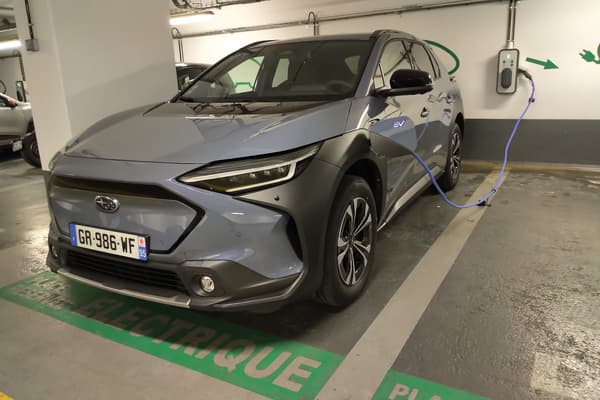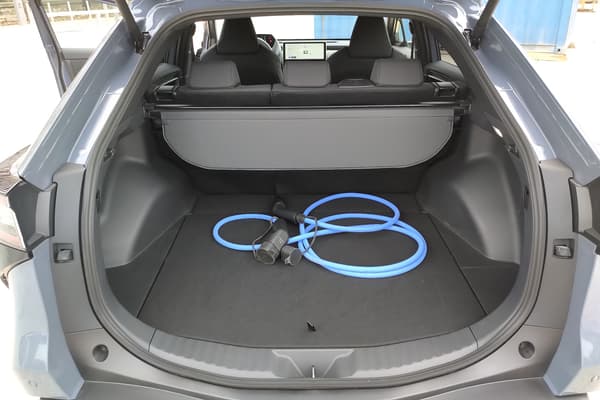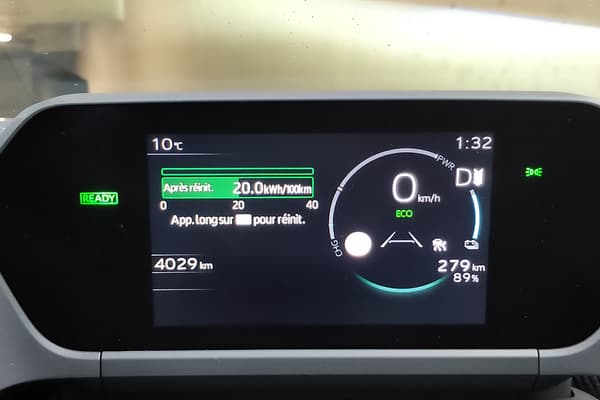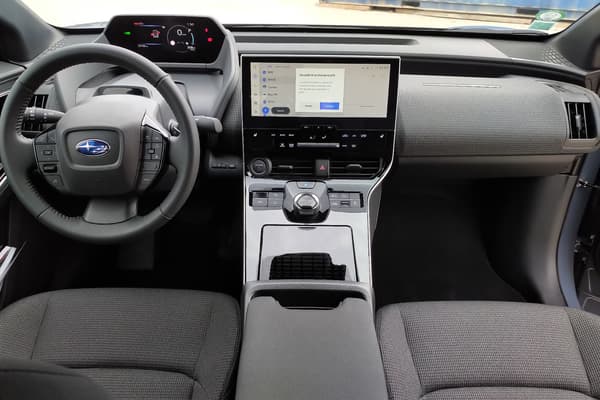The automotive industry continues to clone itself today, and certainly at a level not seen since the 1980s. If in the 2000s there was an explosion of platform sharing between manufacturers and large automotive alliances, 20 years later, we are completely returning to a strategy . of joint manufacturing of 100% or 90% similar models, and this phenomenon especially affects Japanese manufacturers.
The reason? Once again the cost savings, very substantial. There is nothing more economical than jointly producing almost similar vehicles except for some details, on the same assembly lines, bodywork included. The rest will be just a matter of customization and will depend on some details, and this strategy has already been at the origin of great automotive successes, such as the Smart that became Smart/Twingo, the Toyota-Peugeot-Citroën alliance around the city. 107/C1/Aygo, and the one formed by Peugeot, Citroën and Mitsubishi to produce its first truly electric model, the C-Zéro – Ion -IMiev.

Implicit environmental standards
The other main reason for this movement is also and once again the need to advance in electric and low-emission technologies. Some manufacturers have a very urgent need to reduce CO2 emissions from their ranges, and do not really have the time or means to develop new machines, even using common chassis and technologies. They need to move better and faster, in the face of regulations that continue to become increasingly strict, and cloning is the most practical and fastest solution at this level.
In fact, in recent years we have observed a real explosion: thanks to the alliance with Renault, Mitsubishi has renewed its Colt and ASX “rebadding” Clio and Captur models produced in the French manufacturer’s factories. The new Mazda 2 is a Toyota Yaris with a Mazda badge. Suzuki also used the services of Toyota to launch the Swace (from the Corolla truck) and the Across (a clone of the Rav4, the best-selling SUV in the world). A logic of enriching low-cost autonomy, and specifically in low-emission models.
Subaru’s need for rapid evolution
The Subaru Solterra is also a clone, that of Toyota’s first 100% electric passenger vehicle, the BZ4X. And, in fact, it is becoming a real challenge for Subaru, a natural and historical partner of Toyota, specialized in SUVs and 4×4 crossovers, known for consuming a lot of fuel and emitting high CO2 emissions. In a cloned model, which is also fully electric, Subaru guarantees a very marked reduction in the average emissions of its range. It remains to convince the end customer to buy the clone instead of the original.

Therefore, Subaru has not chosen the simplest solution, in the sense that the Toyota BZ4X is not properly a great commercial success. Following its release in 2022, sales in 2023 only amounted to just under 30,000 copies in the European and American markets combined. A clear failure at the moment, although Toyota claims it: the BZ4X represents the best price/range ratio on the electric market. The fault is undoubtedly a somewhat unusual appearance, and a still very versatile clientele that prefers to get good offers from Tesla and Chinese or Korean manufacturers, in the midst of a price war.
The strong point: a clone more successful than the original
However, externally, this Solterra gives an impression of quality that is undoubtedly superior to that of its basic clone. With a very “Subaru” Harbor Mist Gray blue-gray color, a grille with a specific design and some aesthetic details of quite good taste, as well as 18-inch, 5-spoke two-tone wheels, which manage to embellish a basic design that is not necessarily very obvious on the side of the Toyota BZ4X. Between SUV coupe, crossover, compact sedan with big wheels… We hesitate a little, as in the best-seller CH-R, but the final result at Subaru gives an impression of quality that evokes Ford’s Mustang Mach-E or the Jaguar I-Pace, a little smaller (4.69m x 1.86m).
The interior, on the other hand, differs little from that of its almost twin brother, very sober, covered in dark but quality plastics, emphasis placed on practical aspects, digital instrumentation and a large central tablet… In addition to a specific direction of the brand. which, although different from the BZ4X, is small and easy to handle, integrating perfectly into the universe and the sportier image of Subaru. As for the front and rear cloth seats, they are comfortable but nothing more, with a slightly hard seat. Of note is the good legroom in the rear, making it a really nice and spacious family vehicle. A pleasant surprise.
The dynamism of an authentic 4×4
And the driving experience also reserves its share of pleasant surprises. At Subaru it was understood from the beginning that its Solterra would be a clone of the most advanced version of the BZ4X, the one equipped with 2 electric motors of 160kW (218 horsepower) of combined power. Because? Simply because the brand wants to remain true to its motto: all-wheel drive! And driving pleasure is affected. With sharp accelerations (0 to 100 km/h in 6.5 seconds) and a torque of 336 Nm, we forget a mass that reaches 2 tons.

And the “subarization” of the machine does not stop there, as it has benefited from specific suspension and steering adjustments, which makes it frankly more dynamic and pleasant than the Toyota BZ4X. We are not going to try it in a rally special, but the Subaru DNA significantly enhances the flavor of this Solterra. In addition, its total power of 218 horsepower is comfortable, but also controlled, and does not give the impression of being an unnecessarily overpowered machine, unlike some competitors with two motors. A good balance.
From the point of view of electrical performance, Subaru claims to have a range of 465 kilometers according to WLTP standards, which will be close to 400 in real conditions or even a little less with the averages observed during the test. Which makes the Solterra a fairly sober machine, with 20kWh per 100 kilometers in urban use in Eco driving position. Recharging times from 20 to 80% are also quite good, with 6.5 hours at 7 kW in alternating current , and an excellent 51 minutes in direct current with a maximum power of 50 kW.

The bad: few details and high price
A fairly positive assessment, despite some flaws, in particular the interior materials that are not really extraordinary, the quality of the audio system is not necessarily optimal and, of course, the deplorable rear visibility. And despite a well-considered and not so anecdotal Subaru side, the sum of almost 60,000 euros seems high.
More expensive than its equivalent Toyota clone, it will be affected above all by the competition from the Hyundai Ioniq and Kia Niro, less finished but also much cheaper, especially because with equivalent power and autonomy they can benefit from the ecological bonus of the French. market. As for mid/high-end enthusiasts, even if it means paying the price, they will undoubtedly be more attracted to the base models of the BMW X1, Mercedes GLA, Audi Q4 E-Tron or even the Tesla Model Y.

If the sales of the Toyota BZ4X have been disappointing, those of the Subaru Solterra may be confidential, especially in our market, where the first to arrive have already taken the lion’s share. Even Toyota and its partner Subaru are having a hard time convincing. The quality/price/brand relationship speaks in favor of the Subaru Solterra, which is clearly successful, but it will be difficult to prevail in an already saturated market. And cloning won’t do anything about it. Apart from some customers who are fans of the brand, the Solterra will above all prove a success and a very good performance for Subaru, which thus drastically reduces the average emissions of its range.
Source: BFM TV

